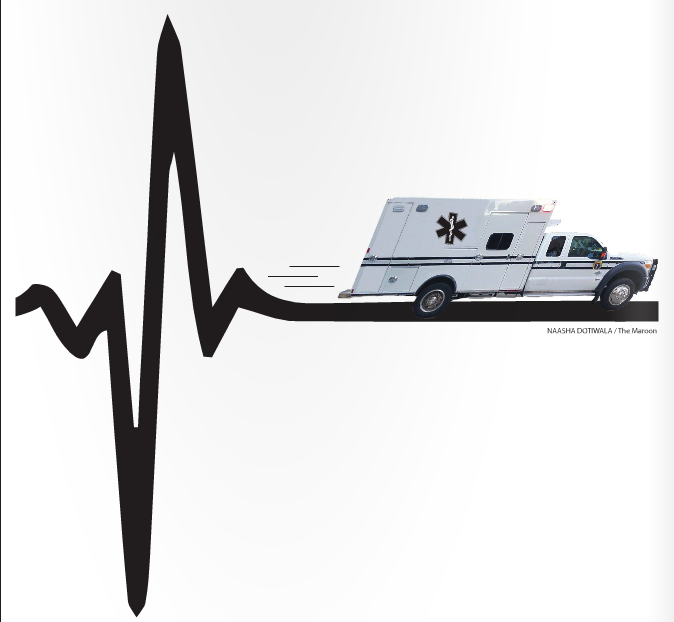Editorial: TEMS flatlines, what now?
September 18, 2015
Of all the services provided to Loyola students, Tulane Emergency Medical Services is one of the most beloved. The green lettering on the side of each ambulance has become emblazoned in our minds. TEMS is a service that is unique to Tulane and Loyola, and is a part of our identity.
And now it’s gone.
The details surrounding TEMS being discontinued aren’t publicly known. But what is known is that Loyola students are without a satisfying way to call for emergency medical help.
TEMS dealt with all medical crises that professional ambulance services do: heart attacks, broken limbs, and every other possible injury.
However, it handled so many cases of substance abuse that many students knew it almost exclusively as the service to call when someone gets too drunk.
There were many qualities in TEMS that should be eulogized.
Of the most significant benefits to TEMS was that a ride in their ambulance was free.
Many who have had the experience will note a lot of expenses related to the episode. However, none of those came from the ambulance ride itself.
Tulane estimates that the service saved each TEMS patient $650; no small amount, especially when most health insurance policies don’t cover ambulance rides.
It’s further estimated that in the 2013-2014 school year, TEMS saved patients $350,634.
With health insurance premiums and healthcare costs increasing, this is an alarmingly large number for the Uptown area.
TEMS was also great for students because it’s paramedics were no strangers to drunkenness.
The green and blue accented ambulances could be seen rushing to bars on any given night. No matter the alcohol or drug, one could reasonably assume that TEMS had treated it before.
The average response time for a call from someone in medical need was six minutes. This impressive response time was due to TEMS paramedics being based in the
Uptown area.
With other ambulance services such as Acadian or New Orleans Emergency Medical Services, it’s doubtful that students will have the benefits of a free ambulance ride, expedient response time, and unusually friendly paramedics.
These qualities make Loyola students feel more comfortable calling for help, which makes them safer.
One of the highest duties of a university is to ensure that its students are safe. While Loyola holds no blame for our current position, administrators have an obligation to improve it.
The editorial represents the majority opinions of The Maroon’s editorial board and do not necessarily reflect the opinions of Loyola University.
